Fujifilm X-H2S
The Fujifilm X-H2S is a new X-series flagship and the most powerful camera the Japanese giant has ever made. Built around a new, stacked 26MP X-Trans CMOS 5 HS APS-C sensor, it brings the kind of speed and video powers that make it the Fujifilm equivalent of flagships like the Nikon Z9, Sony A1 and Canon EOS R3.
Like its Fujifilm X-H1 predecessor, the X-H2S is a new leader for its mirrorless camera system, but one that marks a far bigger upgrade over the company's more hobbyist-friendly X-T and X-Pro ranges. Thanks to that new sensor and X-Processor 5, it offers blackout-free continuous shooting at 40fps (with the electronic shutter), some significantly upgraded autofocus-tracking skills, and the option of shooting 6.2K/30p or 4K/120p video with 4:2:2 10-bit color depth.
In this sense, the Fujifilm X-H2S is an uncompromising hybrid camera that has echoes of the new OM System OM-1. The latter is another cropped sensor camera (with an even smaller Micro Four Thirds chip) that uses its stacked design to unlock the kind of speed and video performance rarely seen outside of the top-end flagships from Canon, Sony and Nikon.
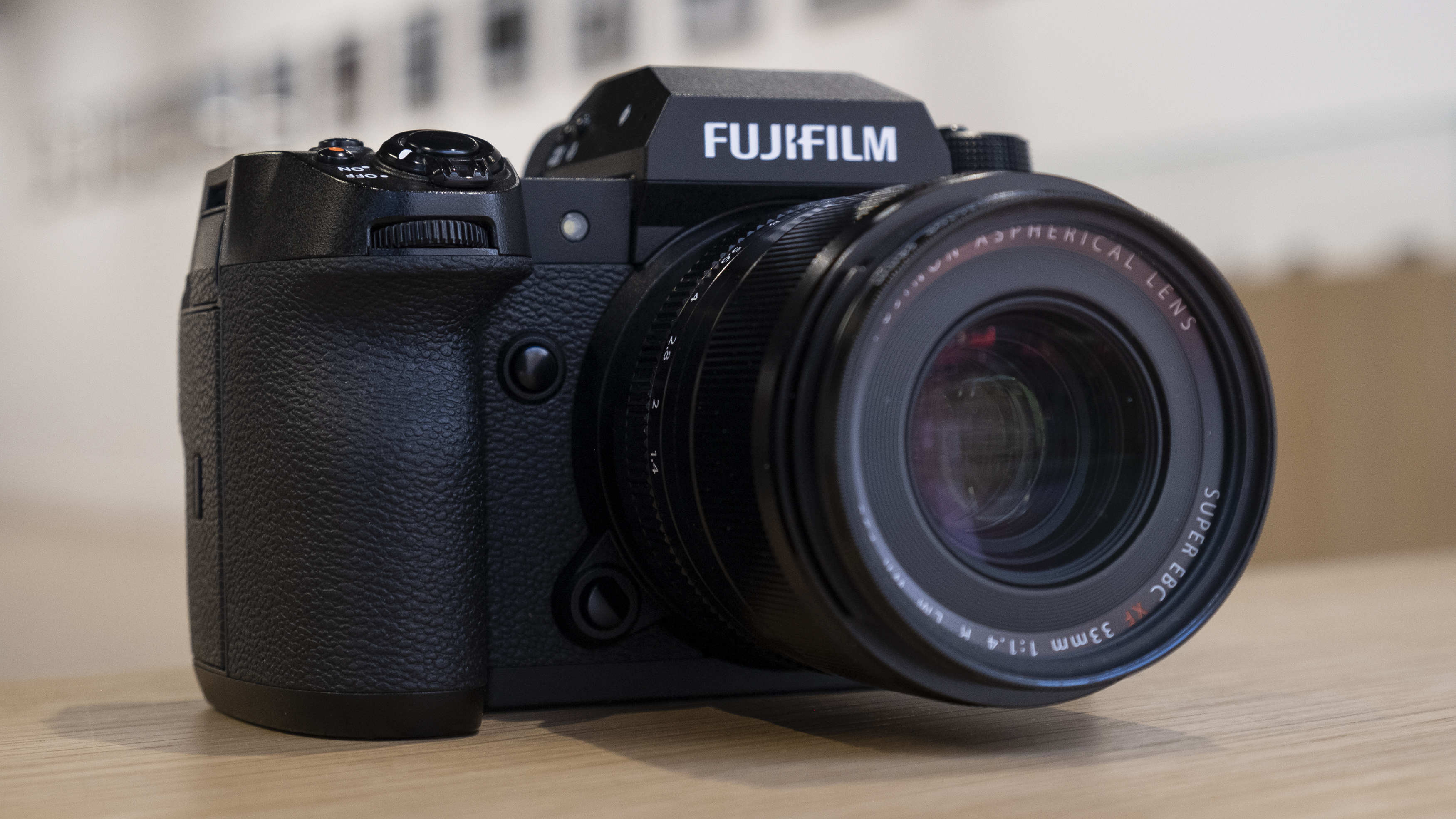
But with a price tag that's in a similar ballpark to many professional full-frame cameras, does the Fujifilm X-H2S really have the power and lenses to compete with its established rivals? Or has it traded Fujifilm's traditional charms for a sparkling spec sheet?
We played with one for a couple of hours at Fujifilm's House of Photography in London to find out, and have boiled down our early thoughts in this hands-on Fujifilm X-H2S review.
Fujifilm X-H2S release date and price
The Fujifilm X-H2S will be available to buy in July for $2,499 / £2,499 / AU$4,449 (body-only). You'll also be able to buy new accessories for the X-H2S at the same time, including the VG-XH vertical battery grip ($399 / £399 / AU$749) and, for video shooters, a FAN-001 Cooling Fan ($199 / AU$369).
This price is a pretty big step up from the Fujifilm X-H1, which arrived in 2018 for £1,699 / $1,899 / AU$3,399. But the X-H2S combines a new 26.1MP stacked sensor with the X-Processor 5, which allows it to make improvements across the board to autofocus, video, burst shooting and more.
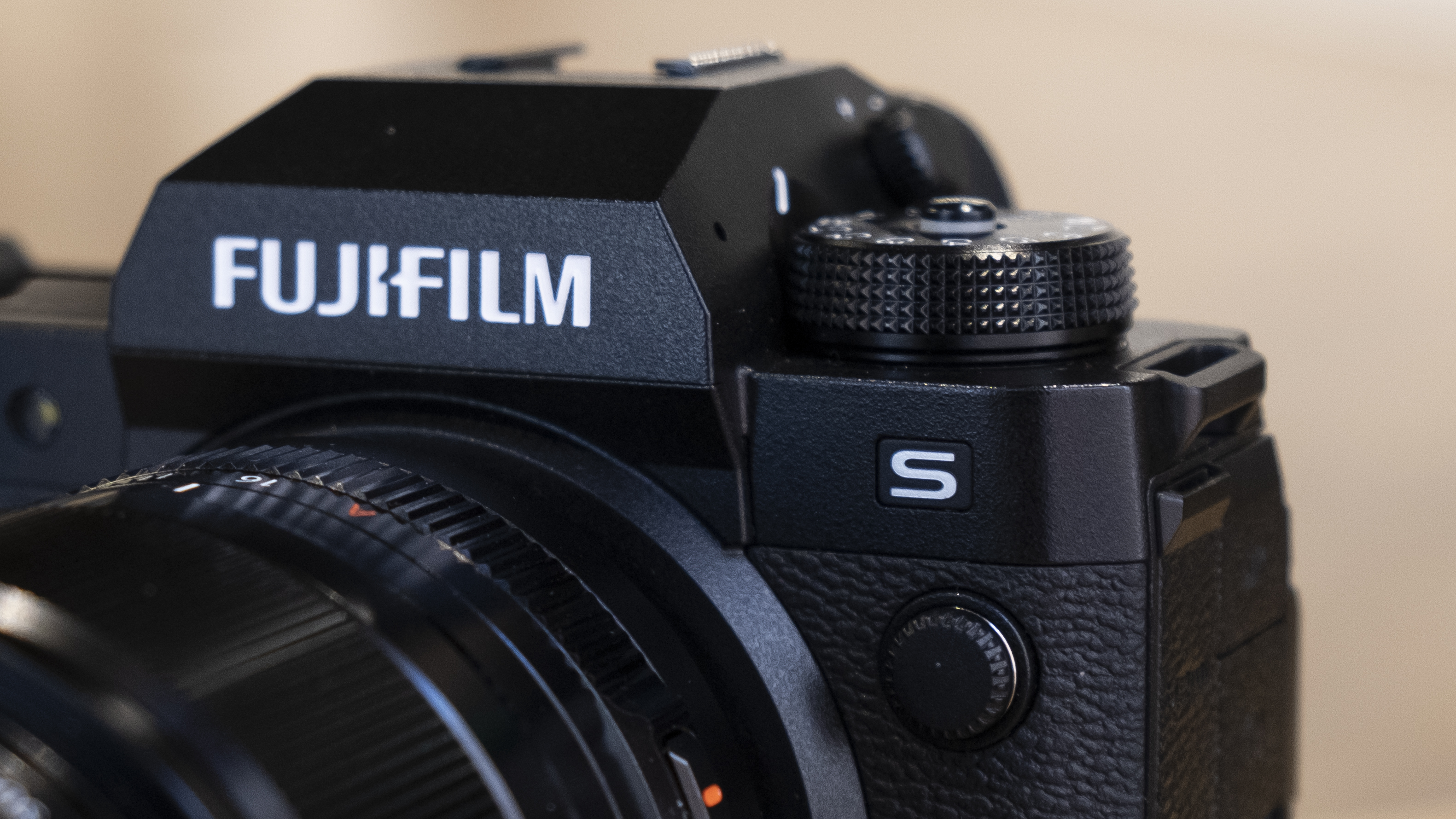
That said, the X-H2S faces stiff opposition in that price bracket, including the Canon EOS R6 ($2,499 / £2,499 / AU$4,499), Sony A7 IV ($2,499 / £2,400 / AU$$4,299) and Panasonic Lumix S5 ($1,999 / £1,799 / AU$3,199).
All of those cameras have larger full-frame sensors, but none offer the speedy performance of a stacked APS-C sensor, which is the USP of Fujifilm's new flagship.
Fujifilm X-H2S: design
The Fujfilm X-H2S looks and feels like a professional camera, with its pronounced grip, top-plate LCD screen and overall heft helping it to balance out the longer lenses you'll likely want to pair it with.
Weighing in at 660g, the X-H2S is slightly smaller and lighter than the X-H1. But it also borrows many of its design cues from the medium format GFX series. Its top plate, for example, is pretty similar to the Fujifilm GFX50S II.
This means that the X-H2S does away with Fujifilm's signature array of manual dials, instead adopting the PASM (Program, Aperture, Shutter Speed, Manual) approach favored by its rivals.
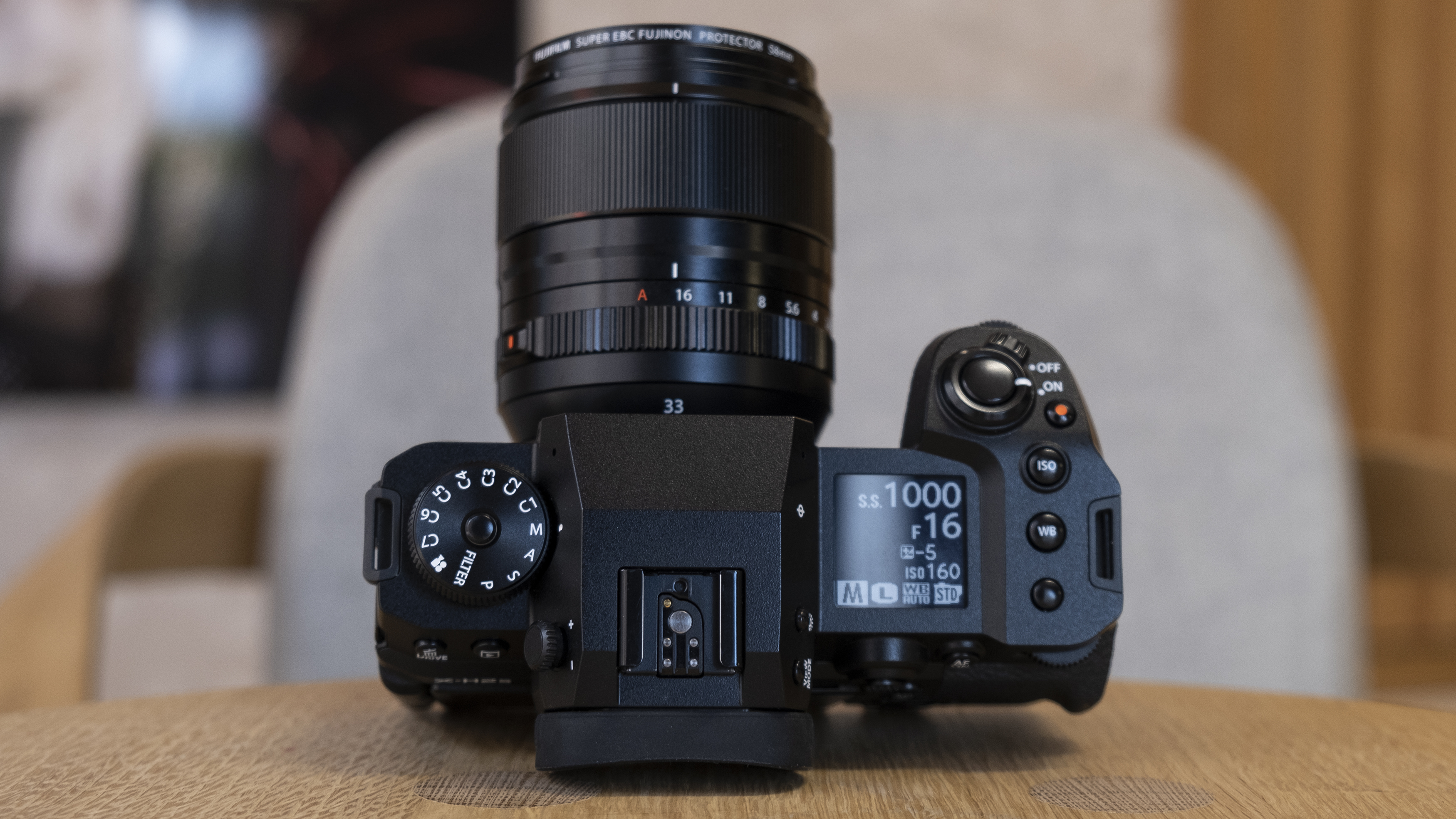
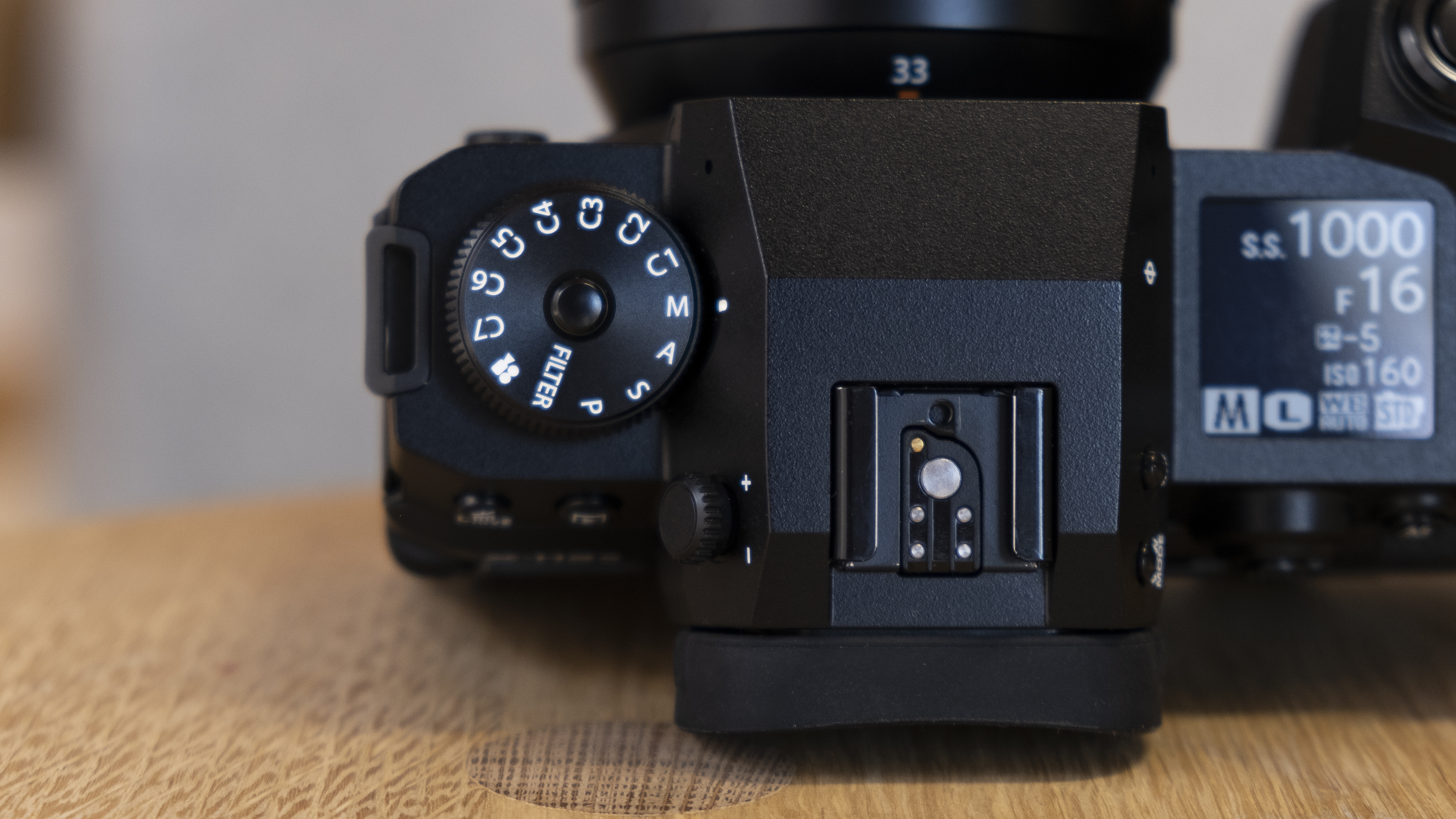
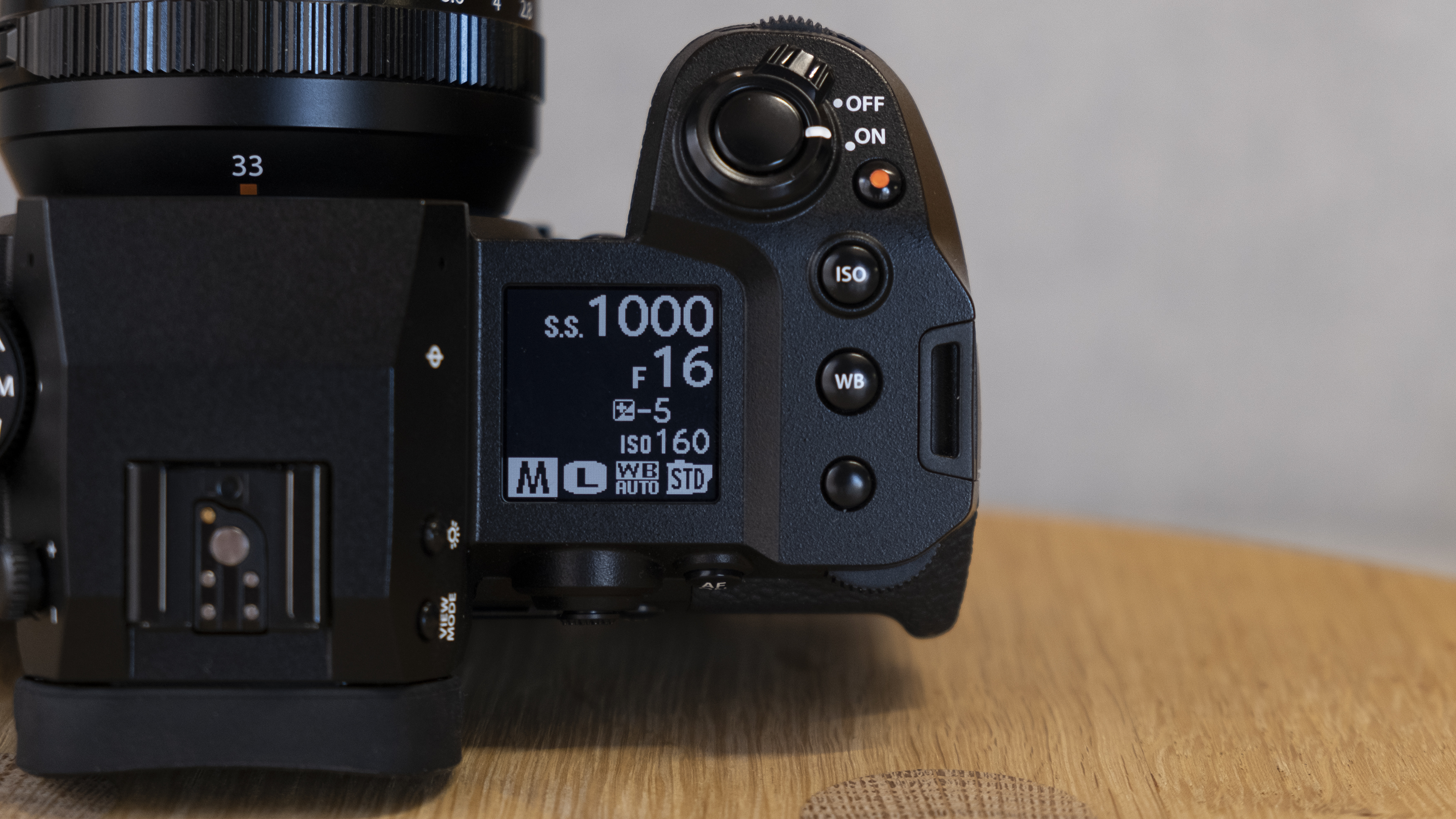
While this might deter Fuji traditionalists, it does makes sense on a camera like the X-H2S, where settings like shutter speed will be largely tweaked while looking through the viewfinder at speeding subjects. Fuji has also previously stated that many photographers have been put off from switching to the X-series because they find its dials too confusing.
This PASM dial, with its seven custom modes, sits to the left of the viewfinder, although it lacks the handy drive mode switch underneath that we saw on the X-H1. Still, on the right-hand side of the top plate you'll find that useful LCD screen (for quickly checking settings like shutter speed, aperture and ISO) on the right next to buttons for ISO, white balance and video recording.
Unlike cameras like the Canon EOS R7 and Sony A7 IV, the X-H2S only has a standard hot-shoe rather than a 'multi-function' one that can power or transfer data to external accessories. If you regularly use flashes or external microphones, you might find the setup of those rival cameras to be a bit simpler and cleaner due to the lack of cables.
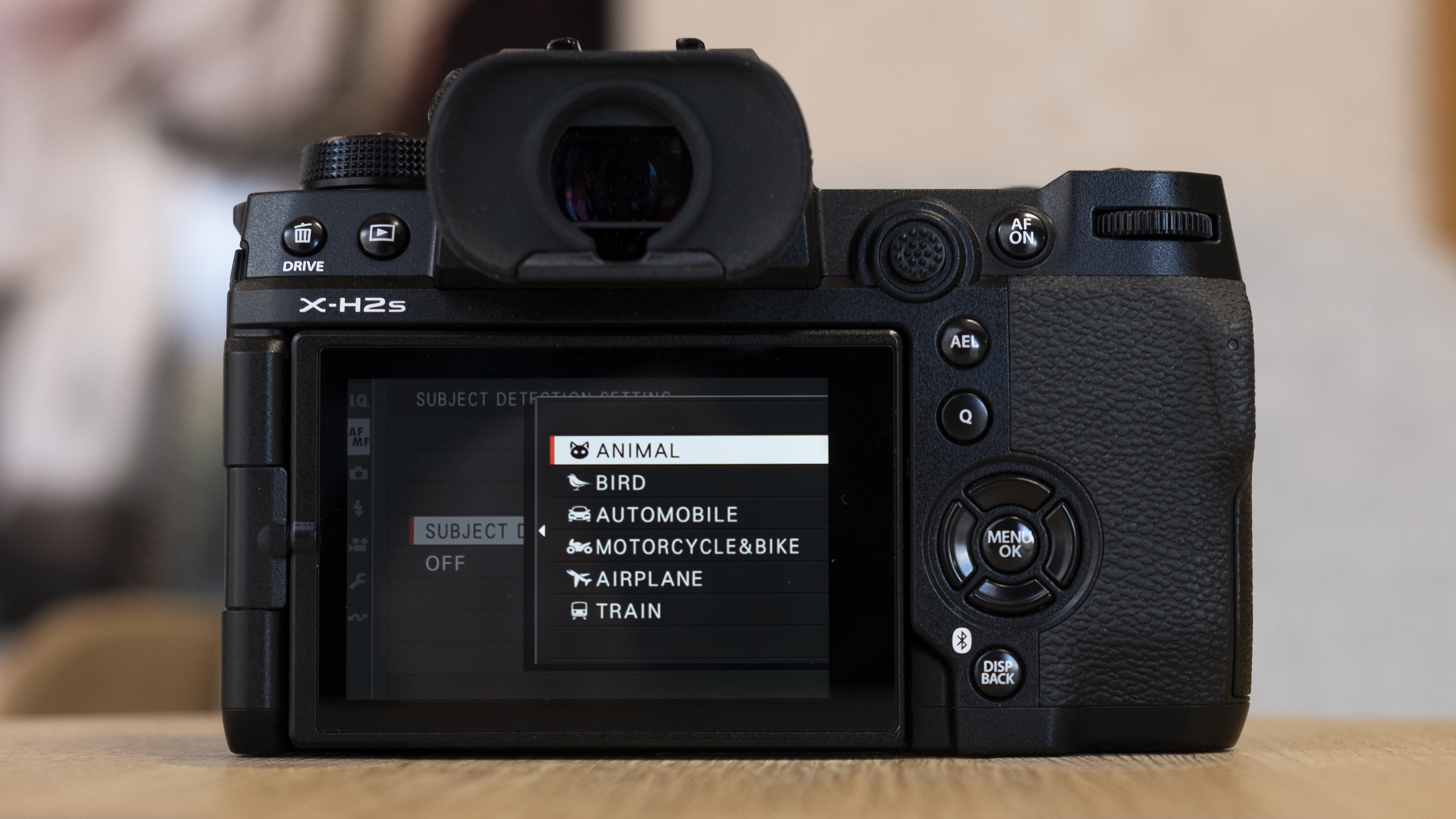
Around the back, the Fujifilm X-H2S is pretty similar to the X-H1. There's a fully articulating touchscreen, which flips around the front for video shooters. One of the main changes is a new AF joystick, which is larger than before and has moved up next to the viewfinder. We found this joystick to be a bit of a stretch for our thumb during our brief time with the camera, but that's hopefully just a case of retraining muscle memory.
One significant upgrade that the X-H2S has over the rest of the X-series is its 5.76-million dot OLED viewfinder, which has a decent 0.8x magnification. Thanks to its size, resolution and 120fps refresh rate, we found it delivered an excellent view of our scenes and made it difficult to go back to the EVFs found on the rest of the X-series. We're looking forward to seeing how well it fares when shooting more demanding scenes.
Fujifilm X-H2S: features and autofocus
Fujifilm's X-series is renowned more for its retro style and fancy Film Simulations than its shooting power, but the X-H2S changes that. It's clearly Fuji's attempt to matched the stacked-sensor power of Canon, Sony and Nikon's flagships, although who exactly it's for is another matter. Sports and action shooters are, after all, not exactly short of options right now.
Still, if a cross between a Fujifilm X-T4 and a Nikon Z9 is what you've been pining for, then the X-H2S could be up your street. For stills shooters, its most impressive skill is its burst shooting power (hence that 'S' for 'Speed'). It can blast through 40fps (raw or JPEG) when using the electronic shutter, all with full AF / AE tracking and with no blackout in the viewfinder.
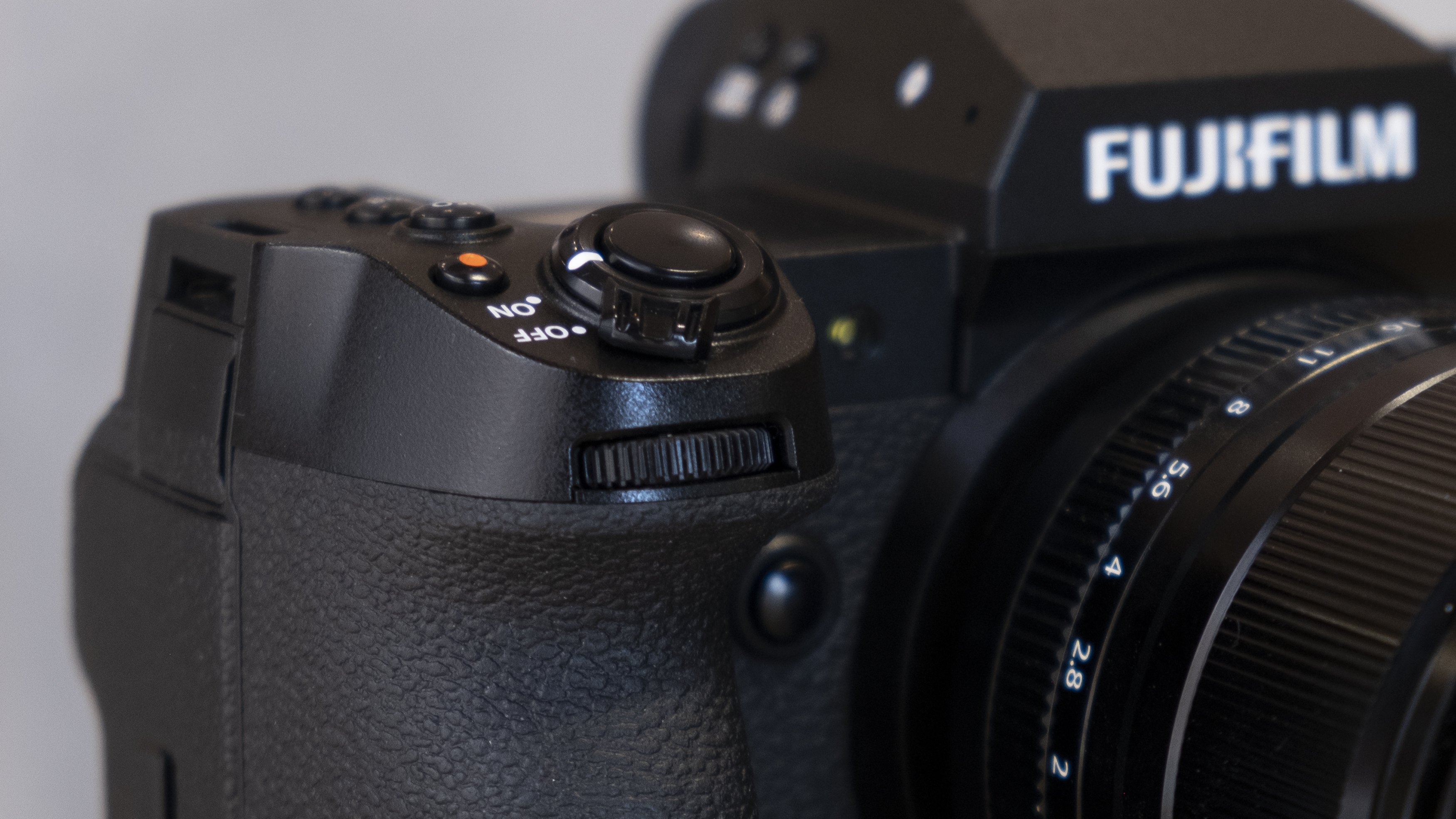
Impressively, this mode sounds like it'll be pretty usable for those rare occasions you actually need that speed, with the buffer allowing you to shoot 140 uncompressed raw files, 170 lossless compressed raws or 184 JPEGS before it starts to stutter. In other words, you get 4-5 seconds of 40fps shooting at a time, which should be more than enough for most rapid-fire scenarios.
That isn't quite up to the ridiculous 120fps speeds (albeit at 11MP) that the Nikon Z9 is capable of. But the table below shows that the Fujifilm X-H2S can, on paper, match that camera's burst shooting power at the more-than-decent speeds of 30fps or 20fps, when using the electronic shutter.
| Recordable frames (JPEG) | Compressed raw | Lossless compressed raw | Uncompressed raw | |
| 40fps | 184 | 175 | 170 | 140 |
| 30fps | 1000+ | 270 | 250 | 180 |
| 20fps | 1000+ | 1000+ | 1000+ | 800 |
According to Fujifilm, the X-H2S' stacked sensor means rolling shutter should be "substantially reduced" when using the electronic shutter for stills and video. But you do also get the option of switching to the mechanical shutter for 15fps burst shooting with a near-unlimited buffer.
Unfortunately, we didn't get the chance to push the X-H2S to these limits in our brief time with the camera. There is also one caveat to apply to these theoretical speeds, and that's autofocus. After all, there's no point in a camera offering these speeds if its autofocus can't keep up to produce a good hit-rate.
The good news is that the X-H2S does mark a long-awaited step up for Fujifilm's autofocus. Sony, Canon and Nikon have all recently made Fuji's AF performance look a little dated, particularly with Canon recently bringing its latest Dual Pixel CMOS AF II system to the relatively affordable Canon EOS R7 and EOS R10. But the X-H2S' stacked sensor and some new subject-detection algorithms have helped it close the gap.
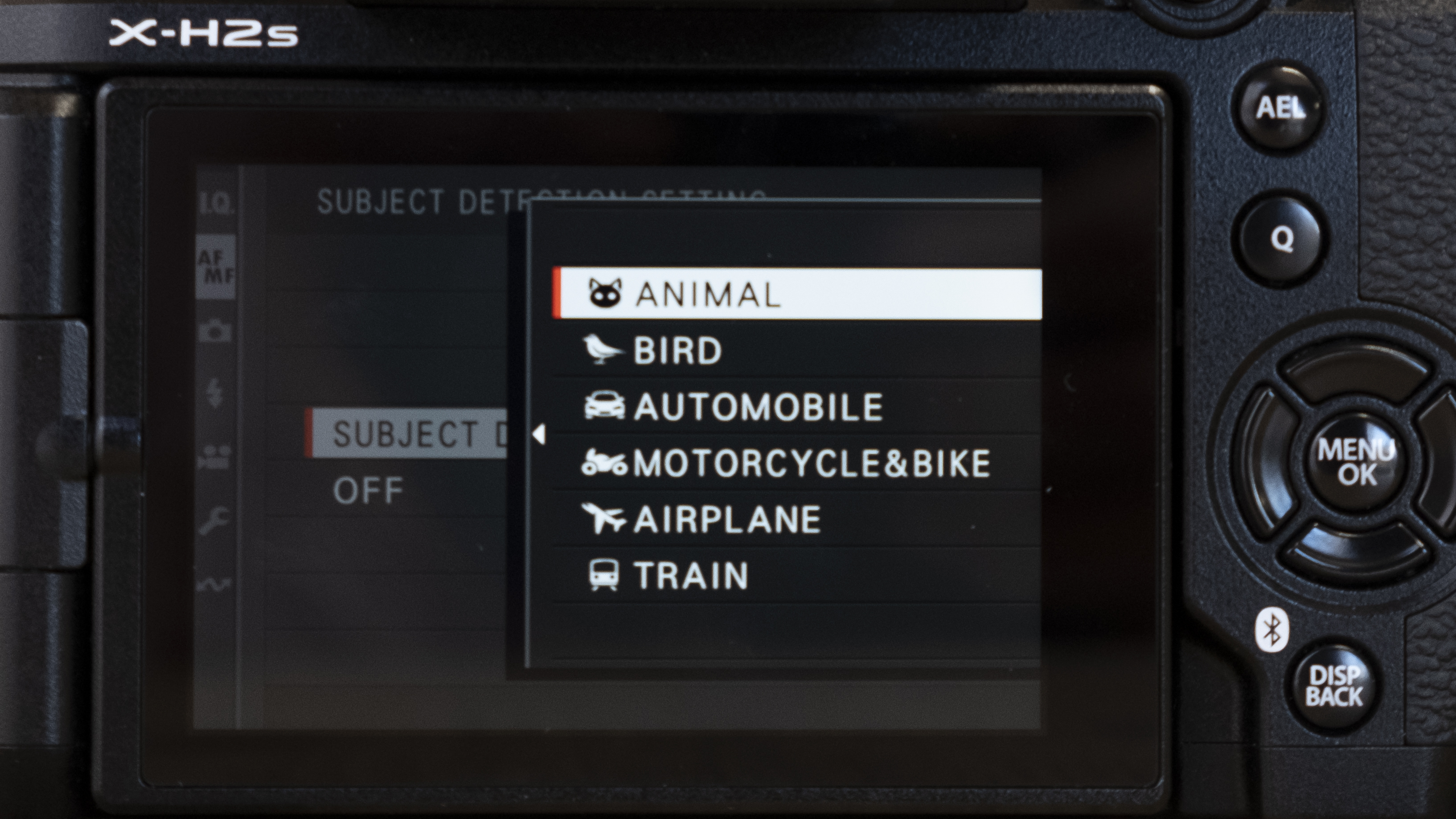
The X-H2S can track human faces and eyes, along with animals, birds, cars, motorcycles, bicycles, airplanes and trains. Importantly, these AF modes also work when shooting video, which is good news for vloggers and solo video shooters. On the downside, we simply didn't have long enough with the camera to judge how well this subject-tracking works in reality, but it'll be top of our testing list when we get a full-production sample soon.
Like a super-powered Fujifilm X-T4, the X-H2S is also shaping up to be a fine video camera. The new processor apparently boosts the camera's five-axis in-body image stabilization system (IBIS) to help it deliver up to seven stops of compensation. That's an improvement on both the X-T4 and X-H1, although we're hoping it's also sorted some of the IBIS-related jerkiness that's been an occasional issue on those cameras.
The X-H2S' video resolutions, frame-rates and bit-depths are all a step up from the current generation of Fuji cameras. You can shoot 6.2K/30p video internally with 4:2:2 10-bit color depth, or 4K/120p slo-mo video if you're prepared to accept a 1.29x crop. Unfortunately, there is also a slight crop when shooting Full HD/240p video too, but the sensor's speedy read-out speeds (of 1/180s) promise to control any rolling shutter issues.
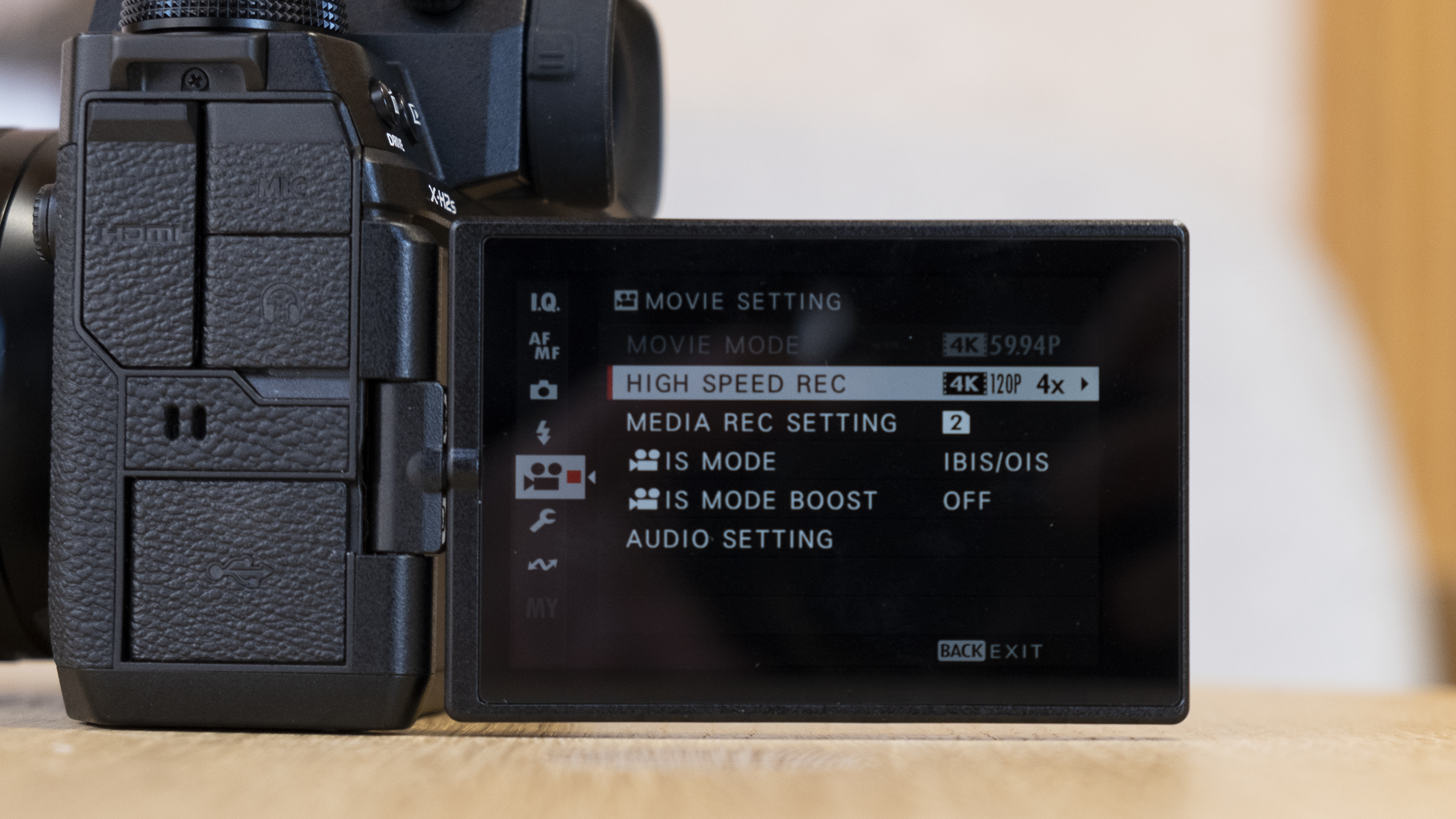
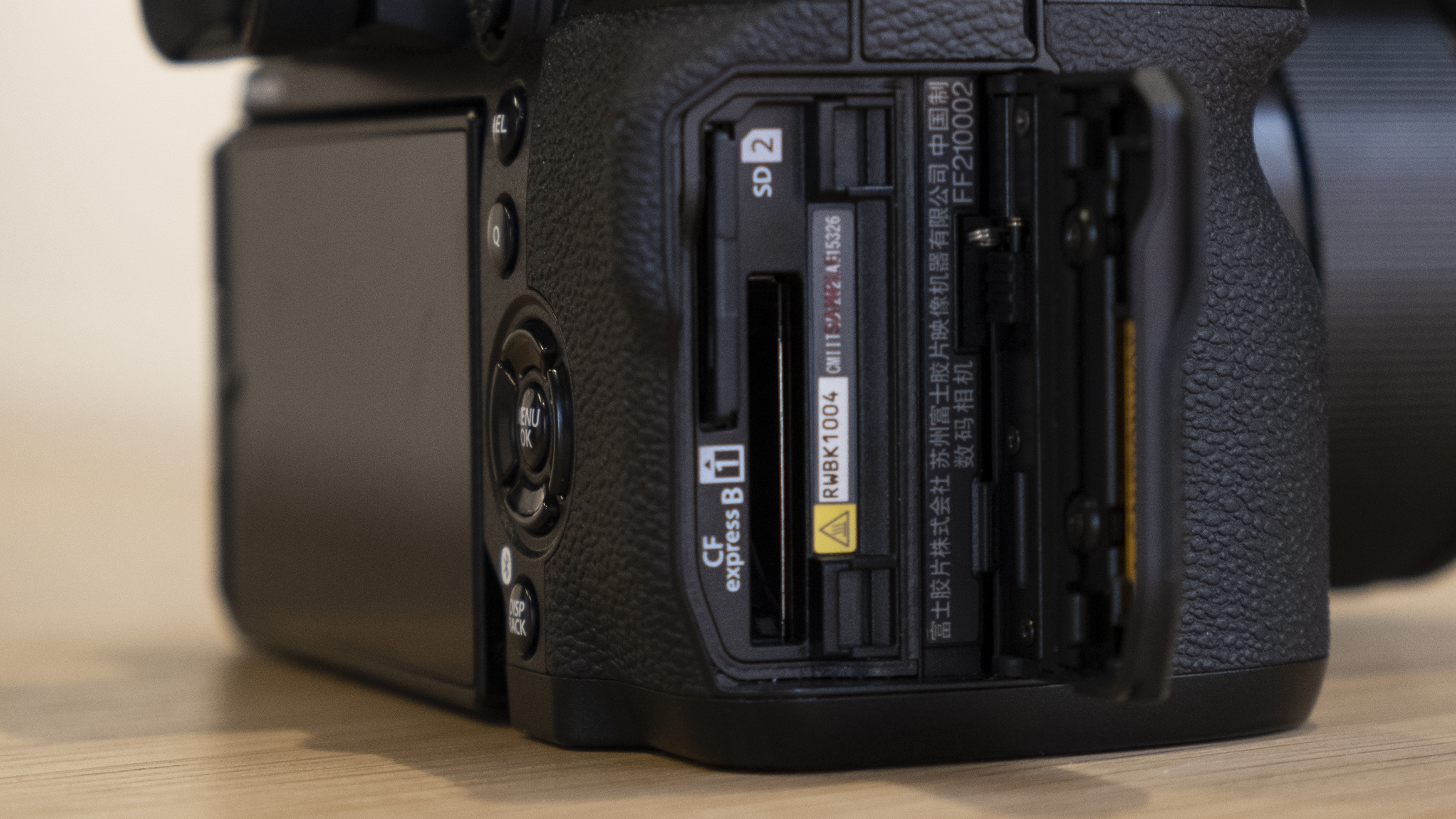
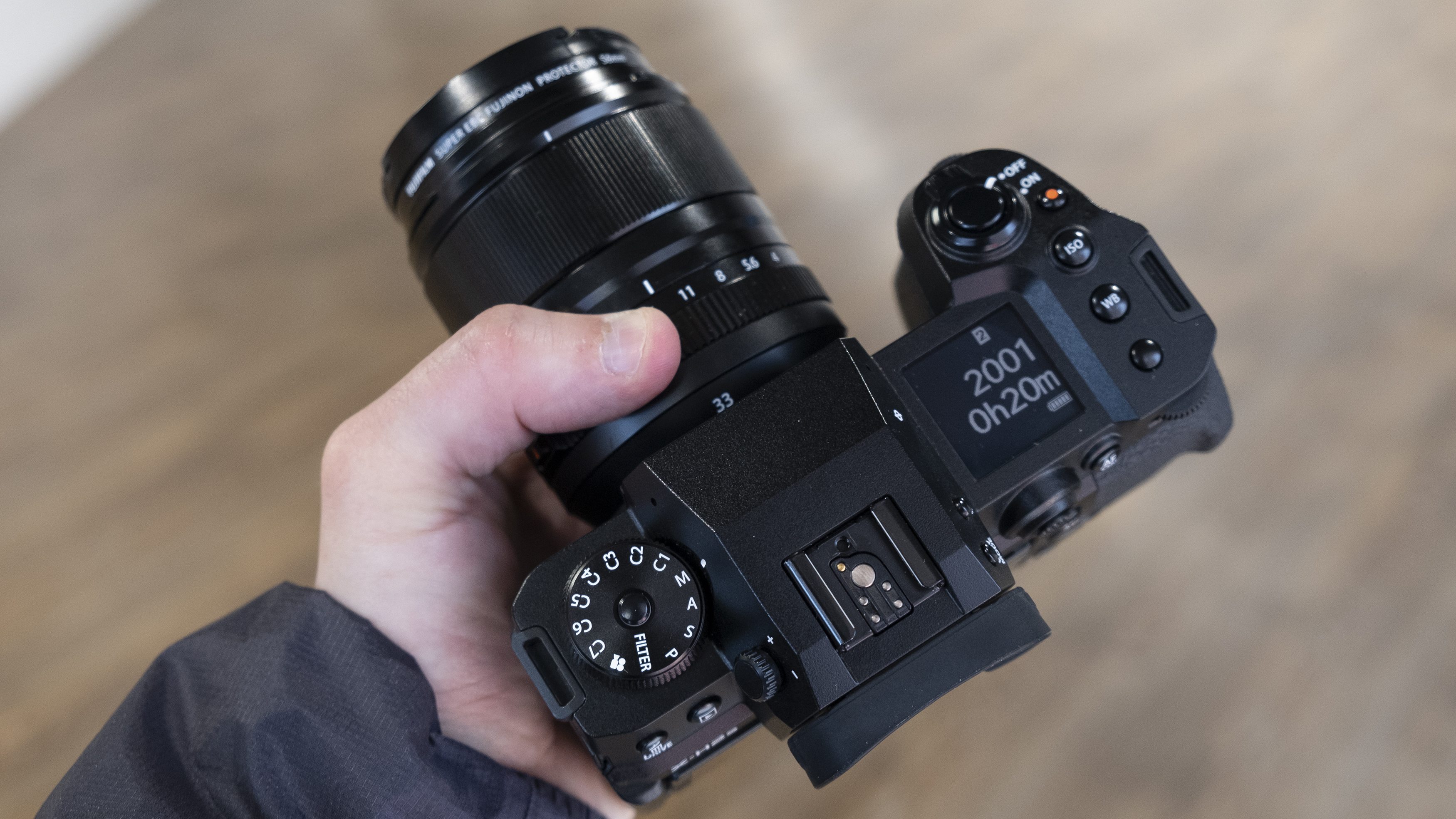
Pro videographers will also be pleased to see support for the flat F-Log2 profile, which offers 14 stops of dynamic range for color-grading in post. If you bring a CFexpress card to the party, there's also support for three Apple ProRes codecs: ProRes 422 HQ, ProRes 422, and ProRes 422 LT.
Perhaps the only question mark over the X-H2S, and one that we're looking to testing on a final production sample, are its video recording times. Fujifilm says the X-H2S has a new heat-dissipating structure to boost its maximum video-record times, which are claimed to be 90 minutes of 6.2K/30p or 70 minutes of 4K/60p video (due to the increased processing load).
These times are for when 'Face detection' is switched off, so expected less if you use subject-tracking AF modes. Perhaps worryingly for some video shooters, Fujifilm has also created an external cooling fan called the FAN-001 ($199 / £169 / AU$369), which connects to the back of the camera when the screen is flipped out. But this has really been designed for those who regularly shoot in the searing heat of 40 degrees, when it can significantly boost the 4K/60p battery life from only 17 minutes to around 51 minutes.
Otherwise, the Fujifilm X-H2S' battery life promises to be pretty decent for stills, with the usual NP-W235S battery producing a CIPA-rated 580 shots per charge, though this is again something we'll stress test when we get our hands on a full-production sample.
Fujifilm X-H2S: image and video quality
The Fujifilm X-H2S's new 26.1MP stacked sensor uses an X-Trans design, rather than the more common Bayer filter found in other cameras (along with Fujifilm's own GFX100S and X-S10). Both of these sensor designs describe the way color is processed and captured and both have, in different ways, compromises of some kind.
Traditionally, the main benefit of the Fujifilm X-trans design has been a reduction in the so-called moiré effect in fine patterns and textures, though this is something that bayer sensors combat well using anti-aliasing or optical low-pass filters. The demosaicing (or reconstruction) process for the more complex X-Trans layout also usually involves more processing power, so this is where the X-Processor 5 engine can theoretically help.
What does this all mean for image quality? It's too early for us to have a good pixel-peep at the X-H2S' files, given there's no support for it among raw processors, but it looks likely that the camera will please photographers who are fans of the signature look that earlier X-series cameras became known for.


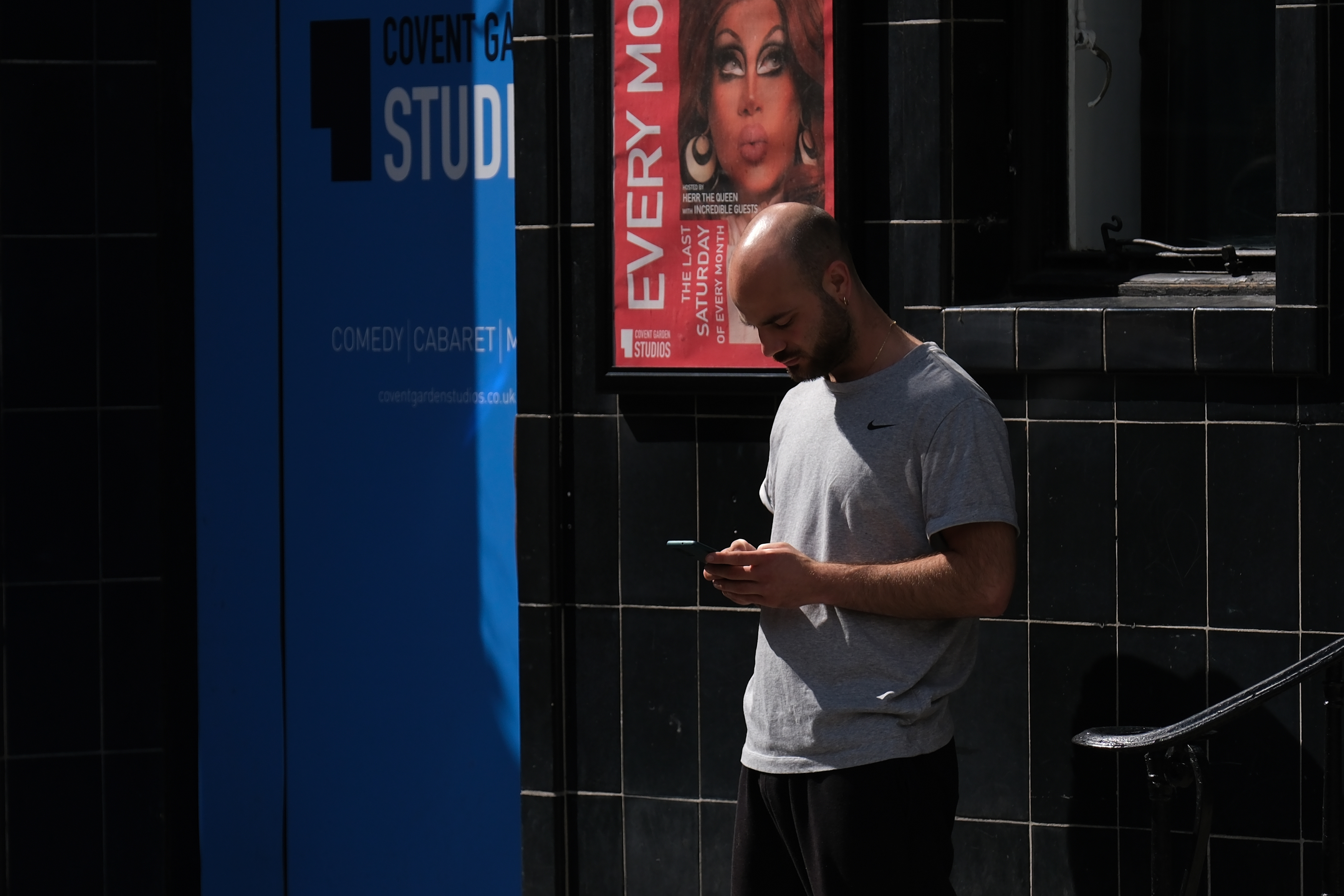




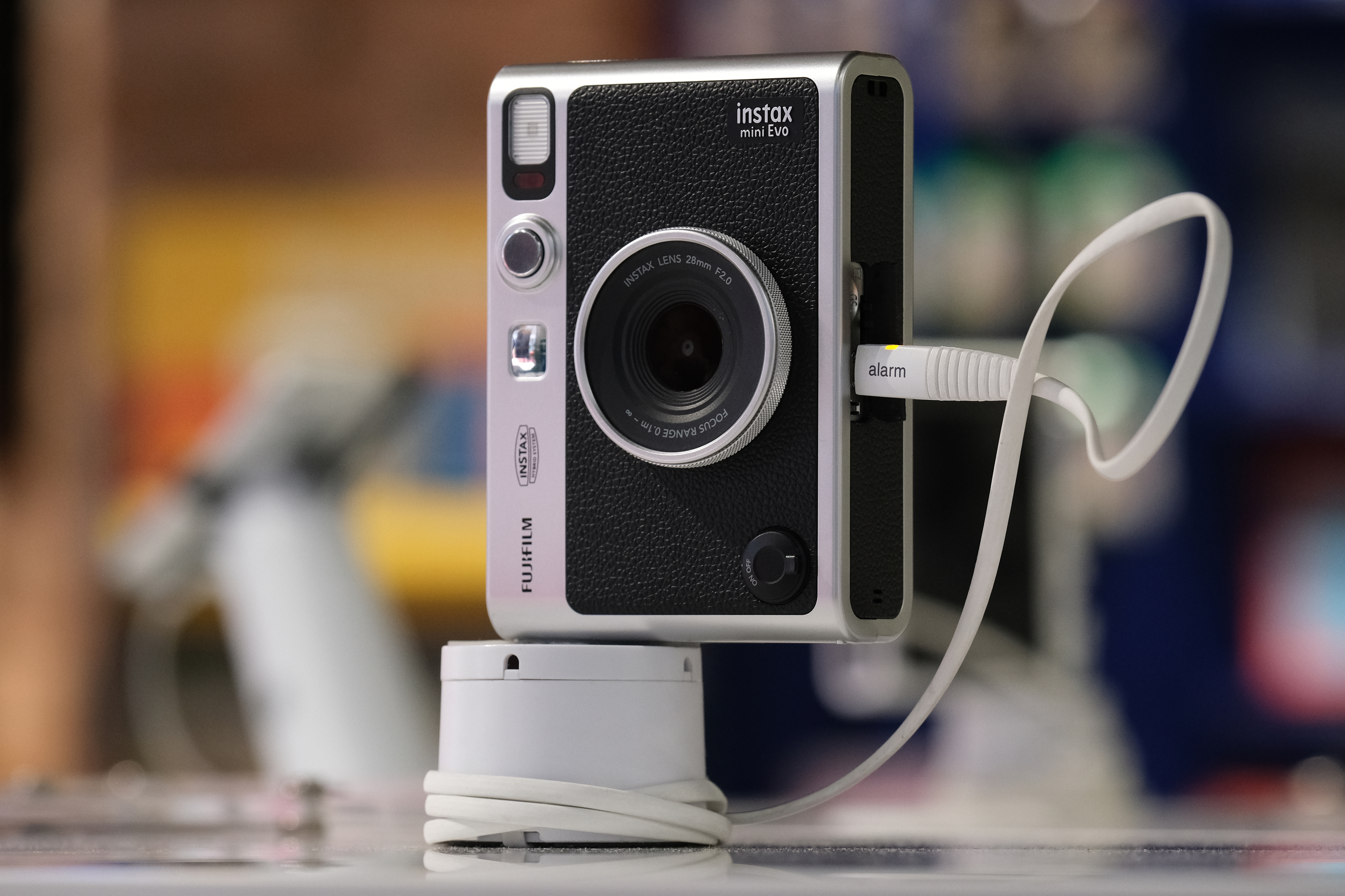



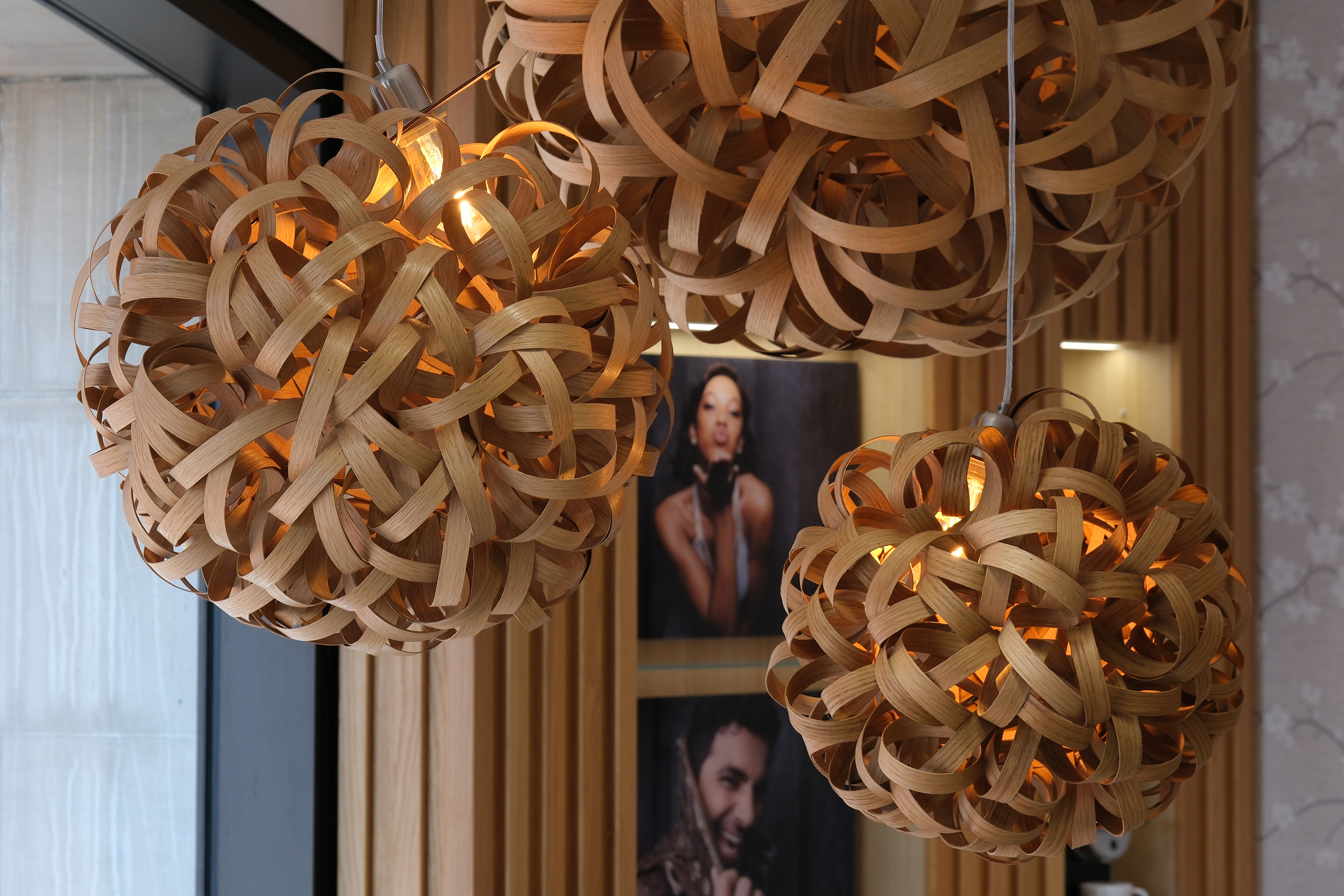
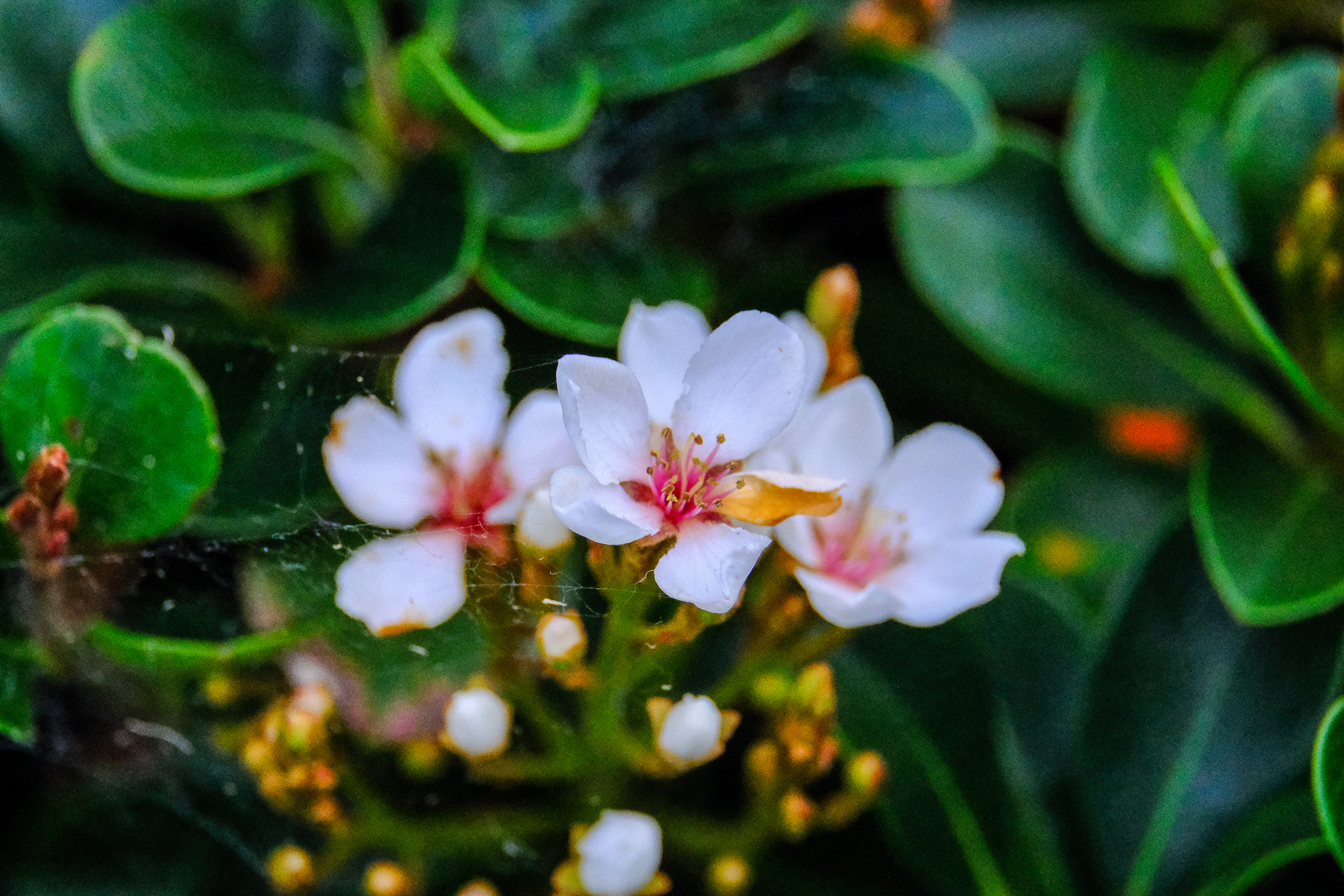
Discussions around 'color science' can be highly subjective, but this is certainly the case if you use Fujifilm's 'Film simulations' to bake some particular looks into the X-H2S' JPEGs. As you'd hope, the X-H2 has all 19 of the film simulation modes we've seen before, including Classic Chrome and Eterna, though unusually Fuji hasn't introduced a new one for the launch of its new camera.
This is perhaps because the X-H2S is more of a pro-focused sports and action camera, whereas Fuji's film simulations are more suited to a its hobbyist-level models. Still, we're certainly looking forward to seeing how the new sensor performs when paired with glass like the newly announced XF 150-600mm f/5.6-8 R LM OIS WR.
While the X-H2S' new stacked sensor is more about improving the camera's performance in areas like burst shooting, rather than boosting image quality, the new flagship should be a fine choice for those who don't need full-frame or a higher-resolution that gives you more options for cropping.
Fujifilm X-H2s early verdict
The Fujifilm X-H2S has left us feeling a little torn. There's no doubt it fills a high-performance gap in the X-series lineup and is an exciting option for Fuji shooters who've been yearning for more speed, better autofocus performance and more powerful video features. But it also lacks some of the personality and charm that are the traditional hallmarks of the X-series, which arrived just over a decade ago.
If you're a Fujifilm fan who mostly shoots fast-moving objects and lots of video, then the X-H2S is probably the next-gen camera you've been waiting for. Thanks to its new stacked sensor, the X-H2S is one of the most rapid cameras around for continuous shooting and Fuji seems to have finally caught up with its rivals on autofocus (although we need to do some more real-world tests on this).
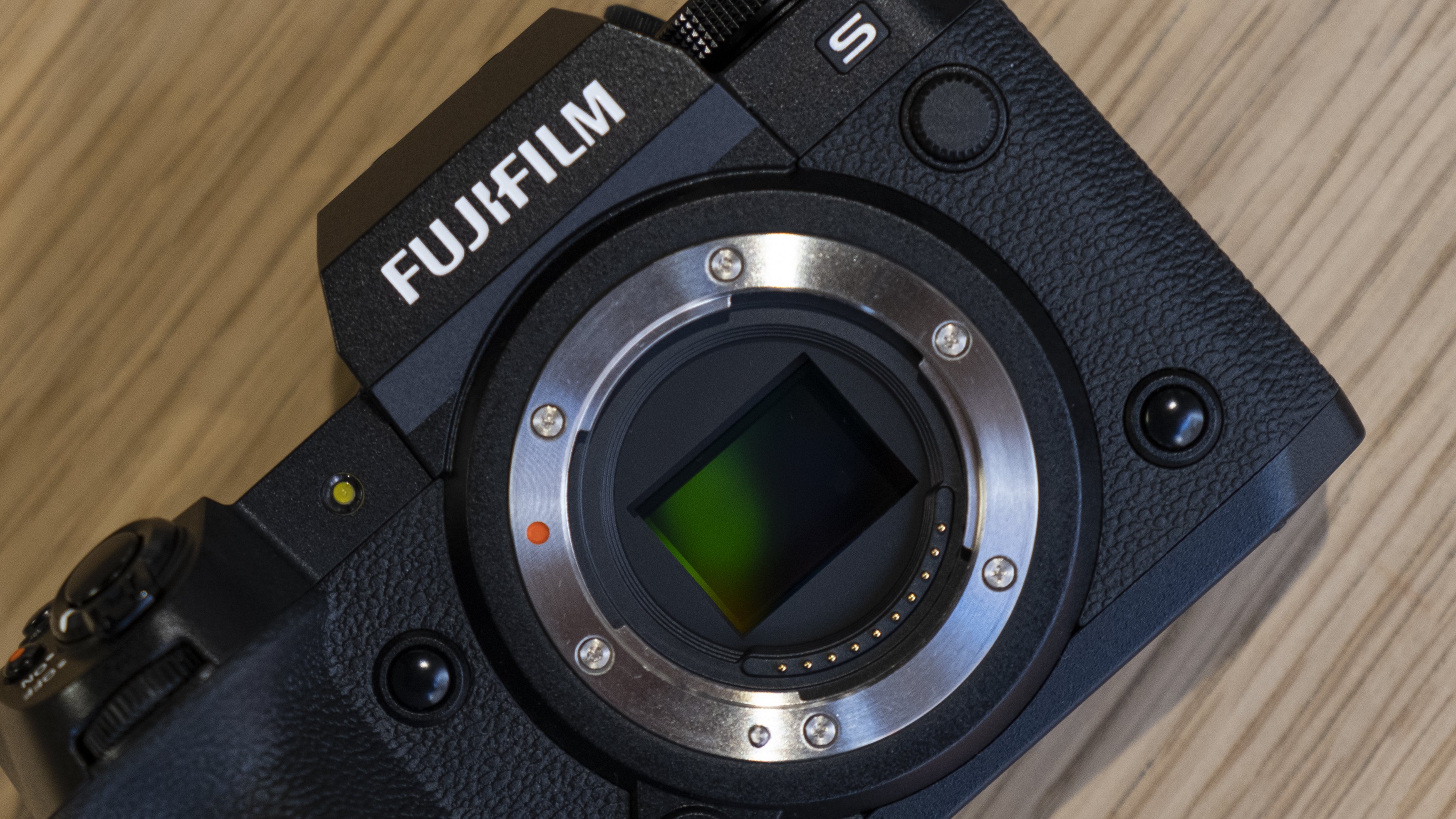
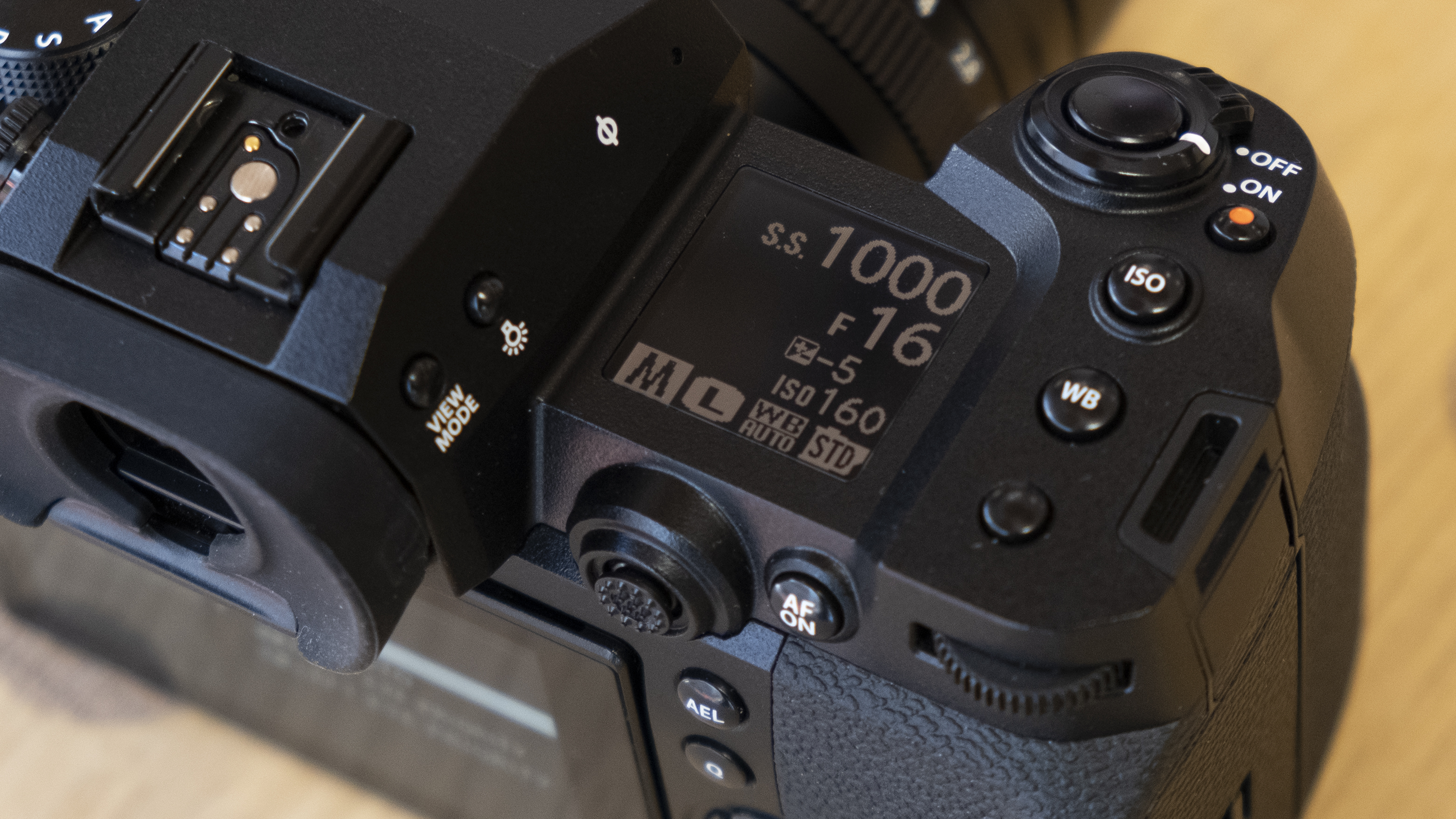
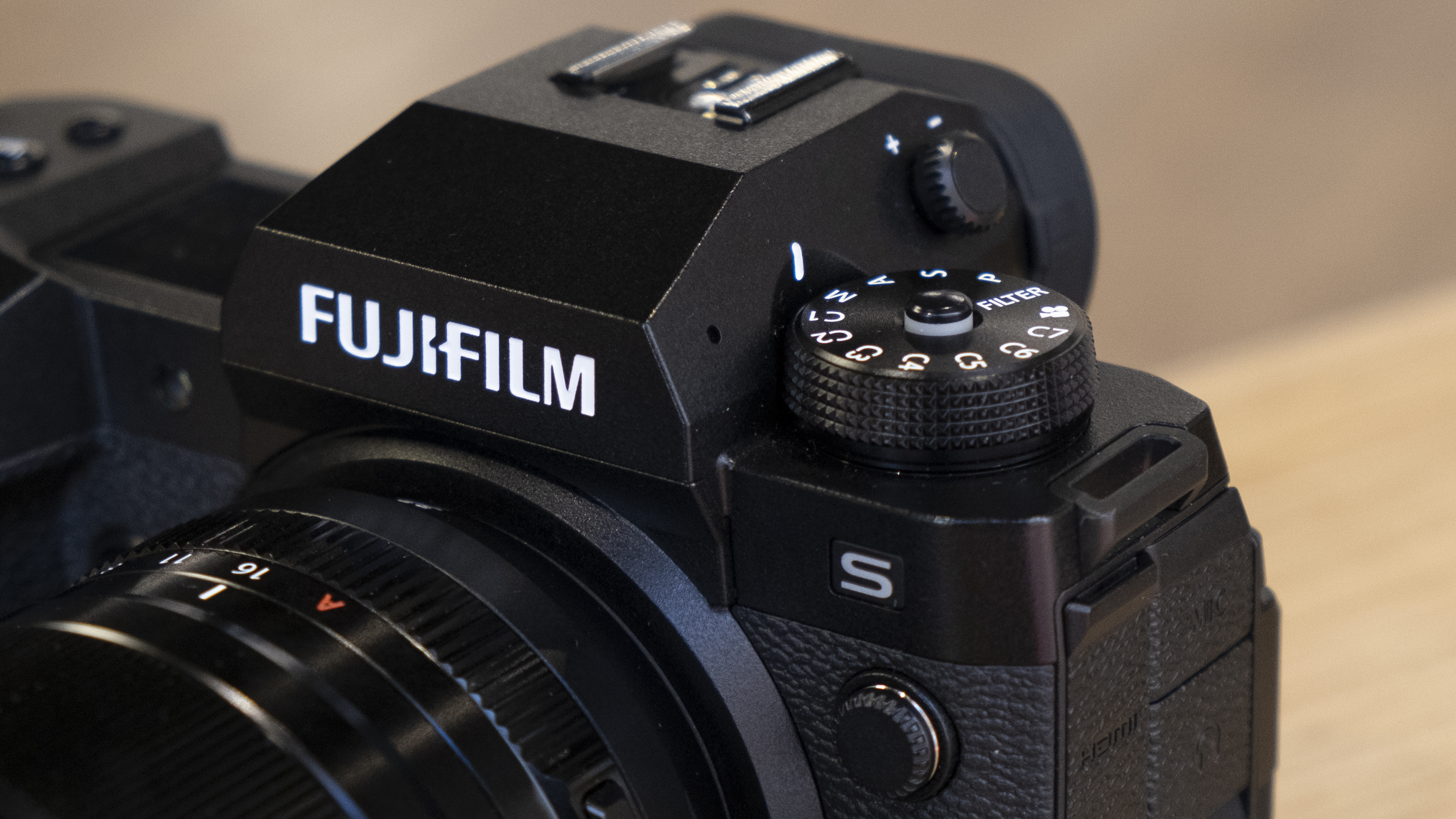
On the downside, the ergonomics and button layout didn't seem ideal to us, and the size and weight savings aren't significantly different to a full-frame camera. The X-H2S also faces some significant competition in this price bracket, with options like the Sony A7 IV and Canon EOS R6 offering the benefits of full-frame (and their mature autofocus systems) to those who don't need the 40fps burst shooting.
The X-H2s' stiffest competition, though, could be the new Canon EOS R7, another APS-C camera with impressive burst speeds. We'll let you know how it fares against Fuji's new flagship in our full Fujifilm X-H2s review very soon.
Comments
Post a Comment